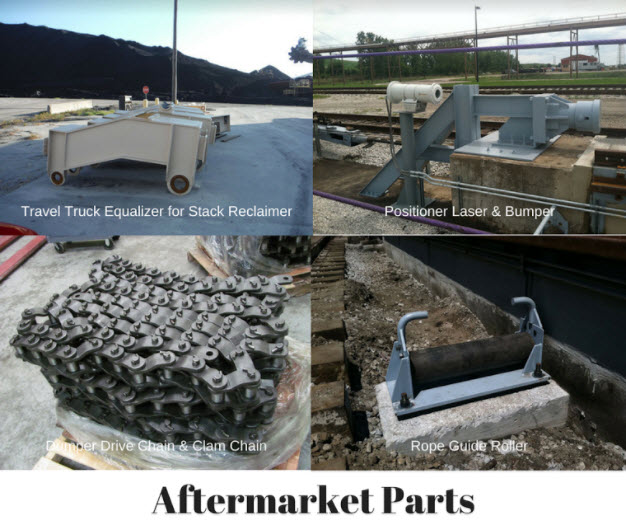If you have been putting up with old coaling handling material equipment, 2018 might be the perfect year to finally update your facility. For those who are hesitant to make the leap, here are five signs that now is the time to upgrade:

1. You are spending more manpower than ever on monitoring and troubleshooting equipment. Often times, companies put off replacing bulk material handling equipment because they don’t want to spend the money. However, outdated and faulty equipment comes with its own expenses. If you are consistently paying employees overtime to keep coal handling equipment functional, then it may be time to upgrade.
2. You have trouble finding replacement parts. When something does go wrong, you don’t want to have to waste time hunting down outdated parts. While you can always search for parts online or hoard obsolete parts from other plants, this can cause serious delays in production and put you in a precarious position. New equipment will be easier to repair and maintain so that you don’t lose revenue to unnecessary downtime.
3. Frequent and unexplained trips in the equipment have become a part of your daily routine. Has it gotten to the point where everyone on the team is just used to encountering problems and temporary shutdowns? Don’t settle for under-performing equipment.
4. A lack of operational equipment status. Most bulk material handling operations involve several integrated systems. Coordinating systems relies on manpower and mechanical functionality, but modern systems also require powerful computing. Staying competitive means creating a centralized operating system that can be accessed and controlled from one computer. This lets operators know exactly where problems are located so that they can fix issues without having to drive to a specific location in the plant to troubleshoot a shutdown.
5. You don’t rely on a equipment that is connected to a plant SCADA (supervisory control and data acquisition) system. Bulk material handling can be a complex operation. If you are relying on a fragmented computing system, then you are wasting time and money. Upgrade your system with a DCS (Distributive Controls System) tie in so that you can review and run the entire facility more efficiently.
If you are ready to make your bulk material handling facility more efficient and profitable than ever, 2018 is the perfect time to get started. Contact the experts at Richmond Engineering Works to begin upgrading your equipment and your facility.
